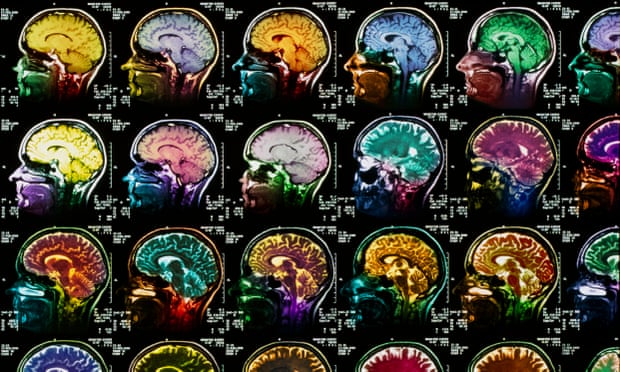
Brain stimulation influences honest behavior
https://medicalxpress.com/news/2017-04-brain-honest-behavior.html
Researchers at the University of Zurich have identified the brain mechanism that governs decisions between honesty and self-interest. Using non-invasive brain stimulation, they could even increase honest behavior.
Honesty plays a key role in social and economic life. Without honesty, promises are not kept, contracts are not enforced, taxes remain unpaid. Despite the importance of honesty for society, its biological basis remains poorly understood. Researchers at the University of Zurich, together with colleagues from Chicago and Boston, now show that honest behavior can be increased by means of non-invasive brain stimulation. The results of their research highlight a deliberation process between honesty and self-interest in the right dorsolateral prefrontal cortex (rDLPFC).
Occasional lies for material self interest
In their die-rolling experiment, the participants could increase their earnings by cheating rather than telling the truth (see box below). The researchers found that people cheated a significant amount of the time. However, many participants also stuck to the truth. "Most people seem to weigh motives of self-interest against honesty on a case-by-case basis; they cheat a little but not on every possible occasion." explains Michel Maréchal, UZH Professor for Experimental Economics. However, about 8% of the participants cheated in whenever possible and maximized their profit.
Less lies through brain stimulation
The researchers applied transcranial direct current stimulation over a region in the right dorsolateral prefrontal cortex (rDLPFC). This noninvasive brain stimulation method makes brain cells more sensitive i.e., they are more likely to be active. When the researchers applied this stimulation during the task, participants were less likely to cheat. However, the number of consistent cheaters remained the same. Christian Ruff, UZH Professor of Neuroeconomics, points out "This finding suggests that the stimulation mainly reduced cheating in participants who actually experienced a moral conflict, but did not influence the decision making process in those not in those who were committed to maximizing their earnings".
Conflict between money and morals
The researchers found that the stimulation only affected the process of weighing up material versus moral motives. They found no effects for other types of conflict that do not involve moral concerns (i.e., financial decisions involving risk, ambiguity, and delayed rewards). Similarly, an additional experiment showed that the stimulation did not affect honest behavior when cheating led to a payoff for another person instead of oneself and the conflict was therefore between two moral motives. The pattern of results suggests that the stimulated neurobiological process specifically resolves trade-offs between material self-interest and honesty.
Developing an understanding of the biological basis of behavior
According to the researchers, these findings are an important first step in identifying the brain processes that allow people to behave honestly. "These brain processes could lie at the heart of individual differences and possibly pathologies of honest behavior", explains Christian Ruff. And finally, the new results raise the question to what degree honest behavior is based on biological predispositions, which may be crucial for jurisdiction. Michel Maréchal summarizes: "If breaches of honesty indeed represent an organic condition, our results question to what extent people can be made fully liable for their wrongdoings."
Explore further: Brain technique improves cognitive control
More information: Michel André Maréchal, Alain Cohn, Giuseppe Ugazio, and Christian C. Ruff. Increasing honesty in humans with noninvasive brain stimulation. Proceedings of the National Academy of Sciences. April 10, 2017. www.pnas.org/cgi/doi/10.1073/pnas.1614912114











